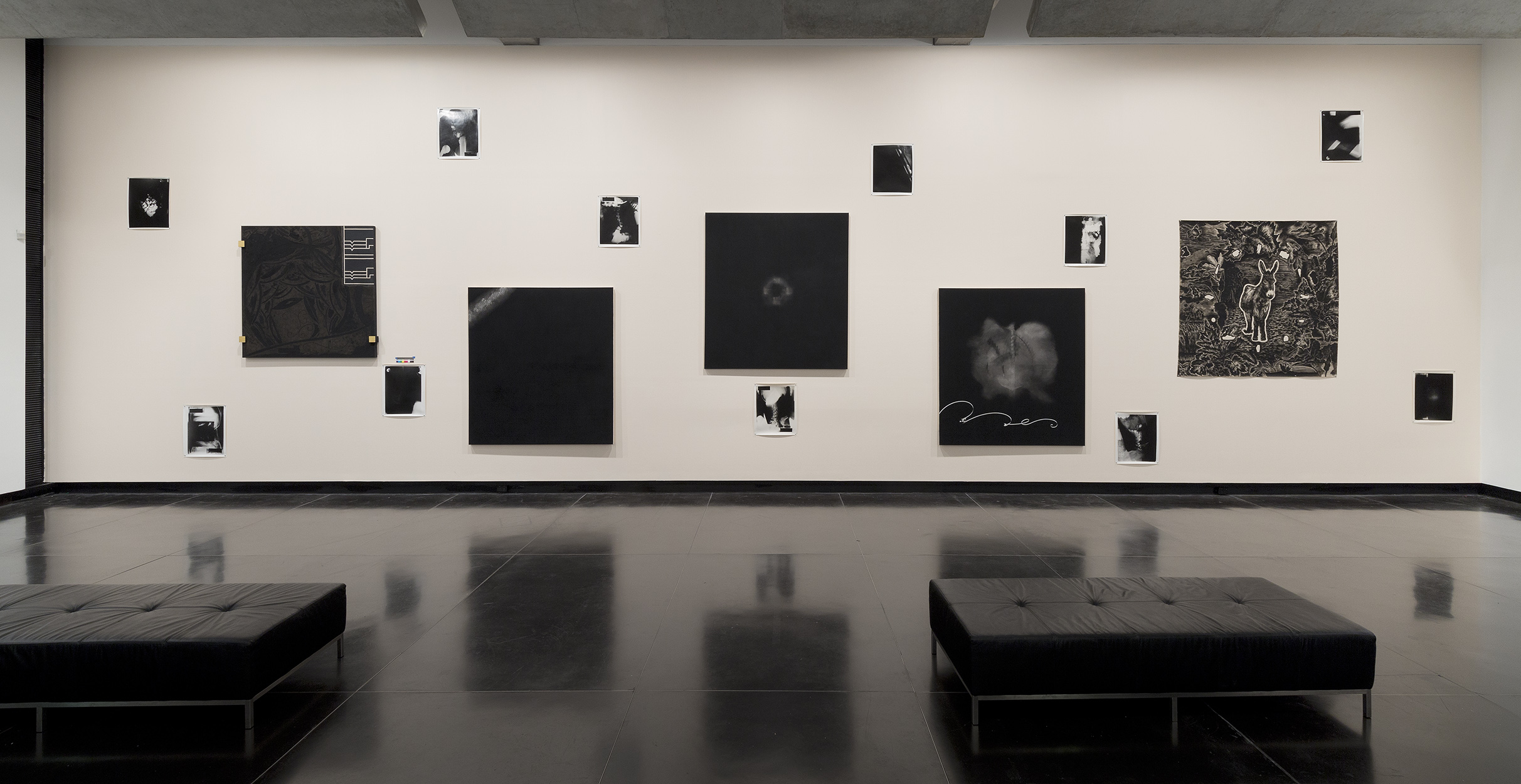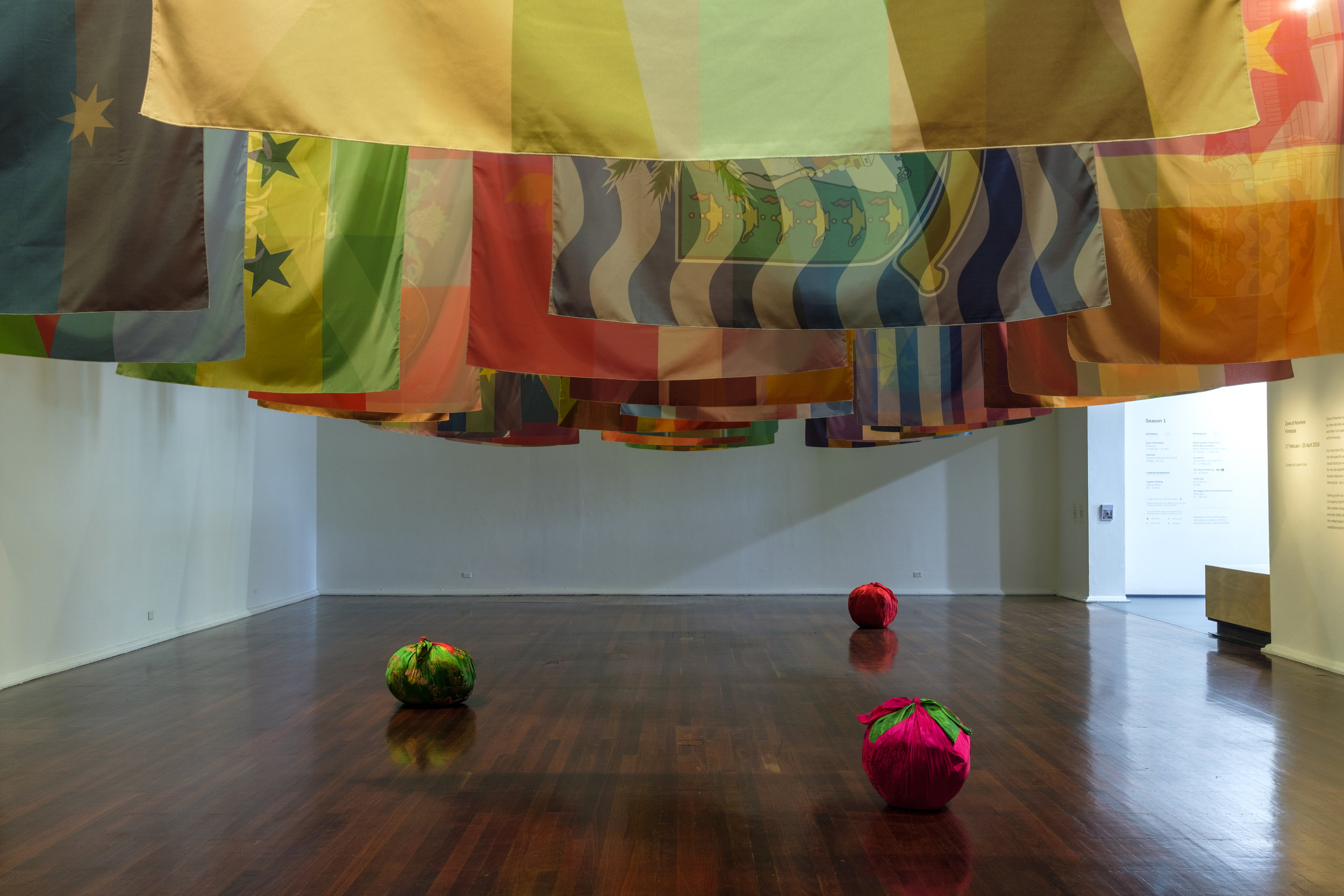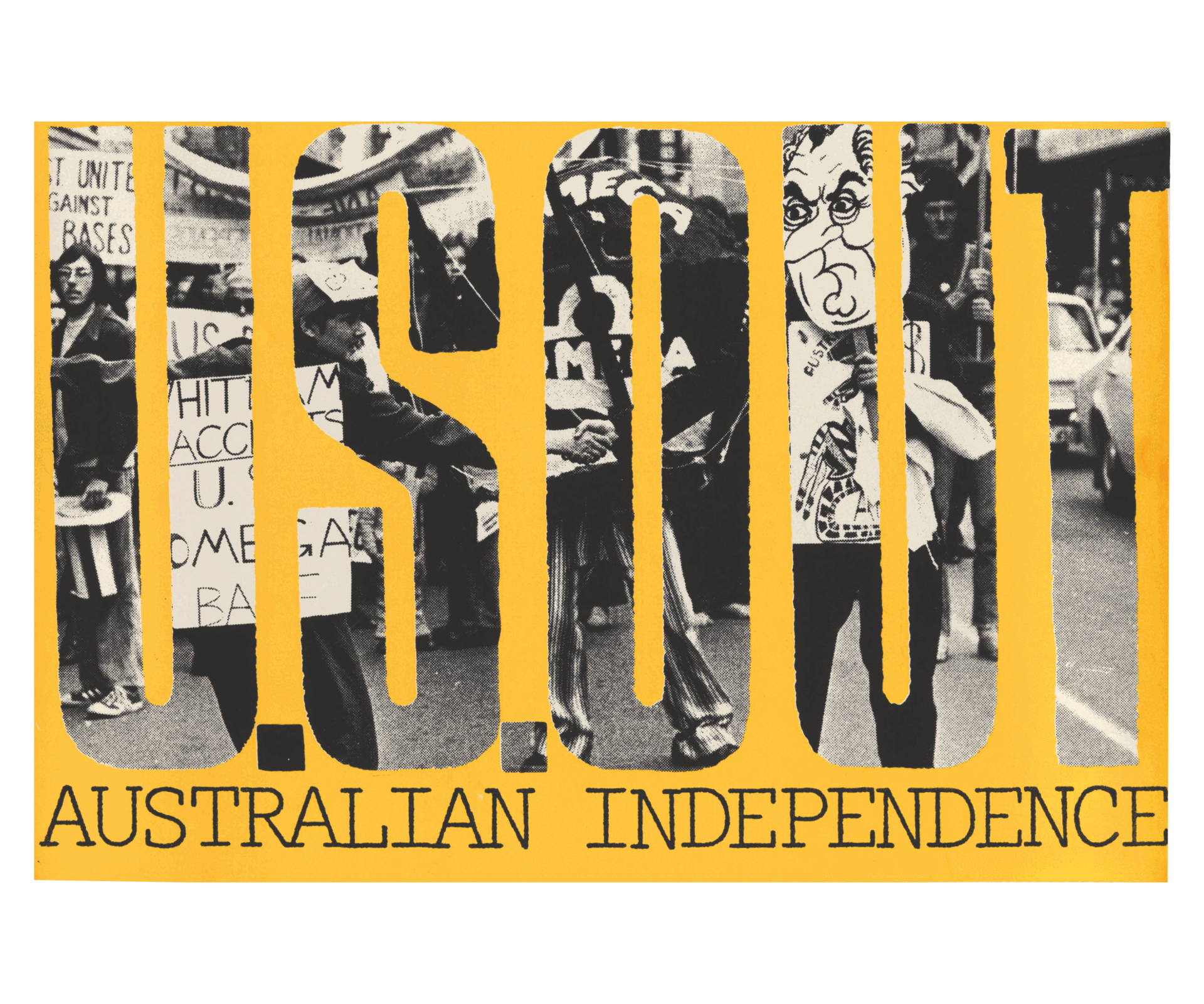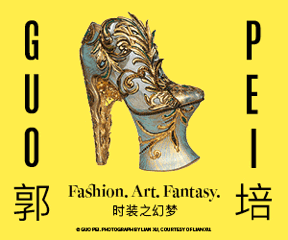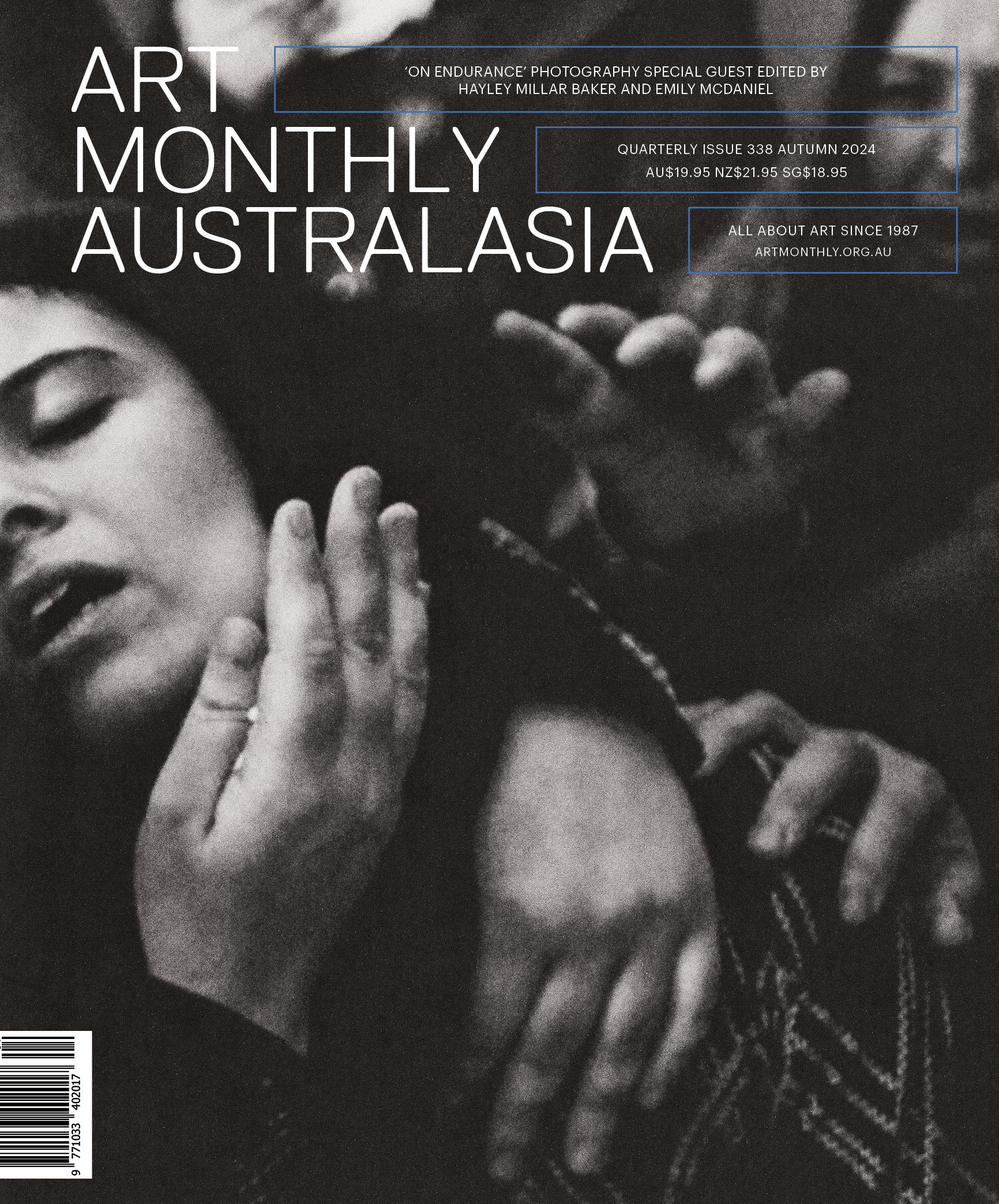Aria from Europe: The ‘MAXXI Bulgari Prize 2018’
/Diego Marcon, Ludwig, 2018, still; video, CGI animation, colour, sound, loop; image courtesy the artist and Ermes-Ermes, Vienna
With its audacious curves and signature periscope viewing window – designed in 2000 by Zaha Hadid as ‘a laboratory for the future and memory of the contemporary’ – Rome’s National Museum of 21st Century Arts (MAXXI) is living up to its brief. An ongoing city-based exhibition series exploring Europe’s relationship to the Middle East has looked at Tehran, Istanbul and, most recently, Beirut, with the Balkans coming up next year. And as I wander through the upstairs temporary space with MAXXI Curator Giulia Ferracci, I become immersed in a sensaround snapshot of contemporary Europe: a vague spicy fragrance (from Africa or the Middle East?) filters through the air-conditioning as, in a video onscreen by Milan-based duo Invernomuto, a bloodied zombie lurches forward. Violently plastered on his forehead appears to be an election pamphlet.
In the next room, photos by New York-based Talia Chetrit of Lolita-like young women pose, daring us to be provoked, at the same time resonating with the over-stimulated fashion billboards that saturate the city streets outside. All the while a plangent voice sings out from another room like a siren’s call. It is a young boy rendered in CGI animation by Milanese artist Diego Marcon, his face lit by the light of a match, and rocked in a boat during a storm. ‘Oh Lord am I exhausted,’ he sings in Italian. ‘I feel so low and blue / I’d like to kick the bucket / then it would all be through / And yet …’
Buffeted by Trump and the winds of climate change, Europe is in a strange place right now. And with its own unlikely allegiance of populist political parties jockeying for power – the Five Star Party and the League – Italy is feeling this strangeness quite acutely. Indeed, an excellent barometer is MAXXI’s regular prize for emerging Italian art which, in its ninth edition this year (until 4 November), has teamed up with the Roman luxury brand Bulgari to present the three shortlisted artworks described before.
Michael Fitzgerald, Rome
For the full article, see Art Monthly’s September issue out now.














